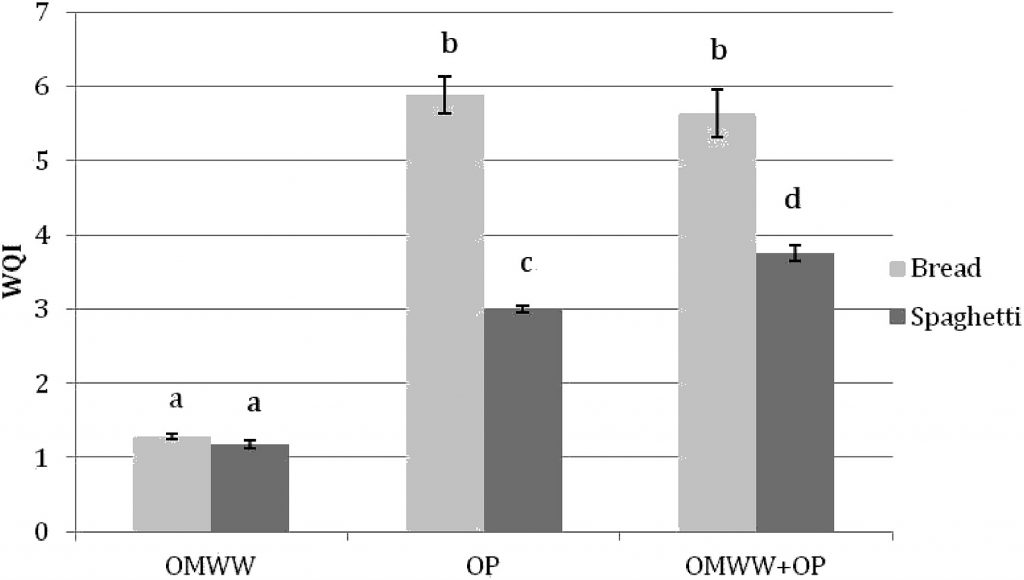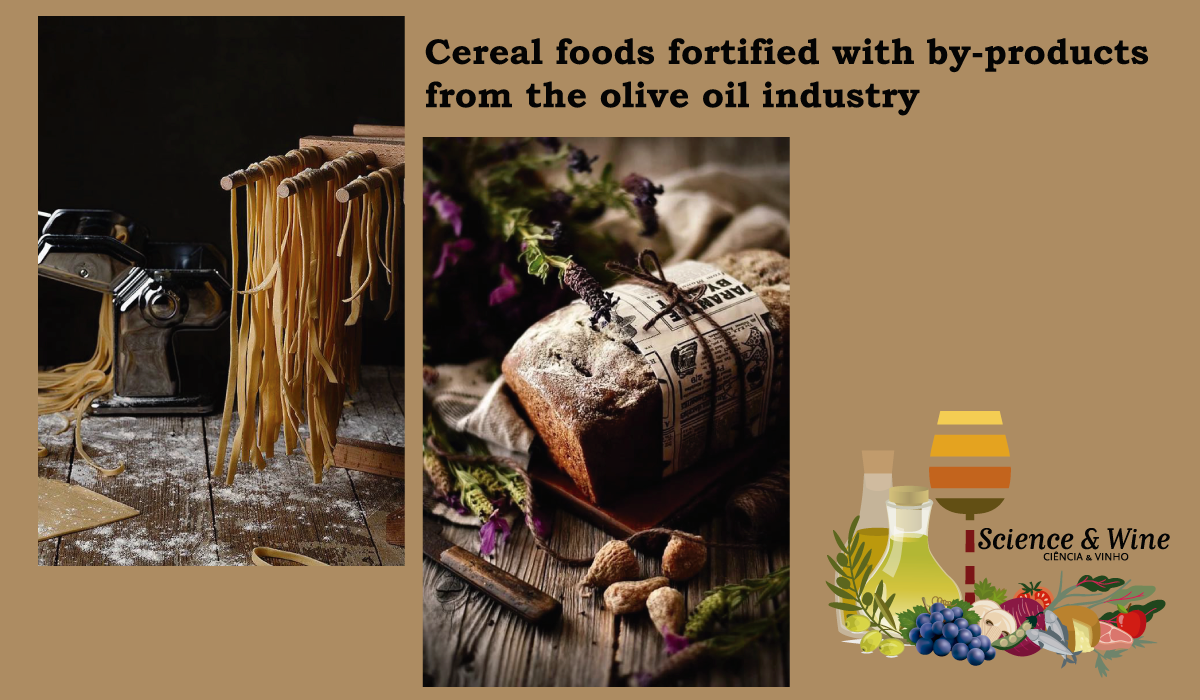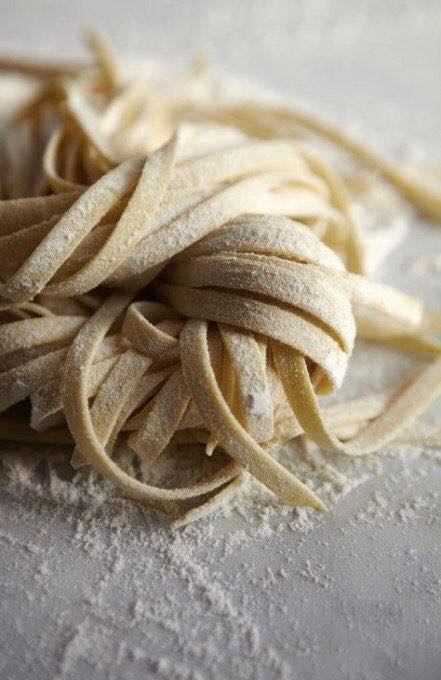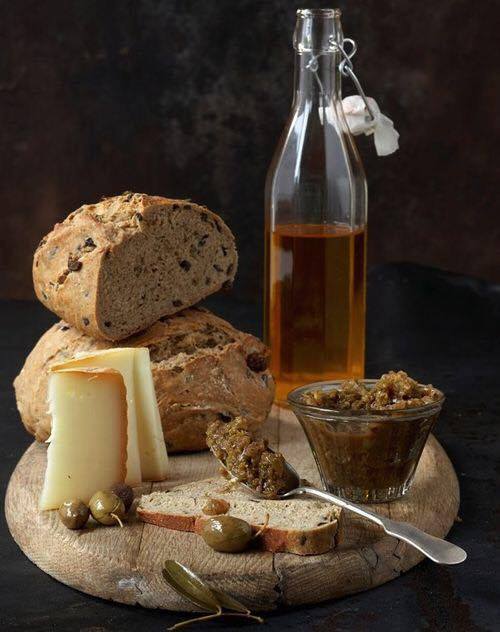From the olive oil extraction process three different by-products, olive paste, olive pomace and olive mill waste water (OMWW) are obtained in considerable amounts. In particular, the olive paste and olive pomace are generally re-used as fuel and an ingredient for compost production or as fertilizer for agricultural soils. The OMWW is characterized by its strong undesirable smell, an intense brown to dark color, a pH between 3 and 6 and a highly diverse organic pollutant load. Generally, OMWW is a problem because of the large volume of concentrated liquid that needs to be disposed . The olive oil by-products are rich in bioactive compounds, such as polyphenols (0.5–24 g/l), with potential health-benefits. Specifically, the main phenolic compounds of OMWW are hydroxytyrosol, tyrosol, caffeic acid, p-coumaric acid, vanillic acid, syringic acid, gallic acid, luteolin, quercetin, cyanidin, verbascoside and some polymeric compounds. For olive paste, polyphenols such as caffeic, vanillic and coumaric acids, and fatty acids such as oleic, palmitic and linoleic acids were the main compounds identified. These by-products can be recognized as potentially low-cost starting materials to extract antioxidant compounds for food, nutraceutical or cosmetic applications. Considering that cereal products are consumed daily around the world, they could be important carriers of bioactive substance from olive oil by-products. Therefore, OMWW and olive paste were used to fortify two different cereal-based foods, bread and pasta.
Figure shows the whole quality index of bread and spaghetti, as a function of the different by-products used for their fortification, individually or combined. This index is given by the product of two terms: the former takes into account the nutritional quality of fortified sample (it increases with by-products addition with respect to the control sample), the latter is related to the sensory quality of the sample (it decreases with the increase of by-products addition). As can be seen in the figure, the whole quality index for both bread and spaghetti is much lower when OMWW was used for the enrichment. During the production process the phenols were strongly reduced due to the high cooking temperature . When olive past was used for the enrichment, instead, the WQI was lower for the spaghetti respect to the bread samples. Probably, the boiling process induced the leaching of most olive past phenolic compounds into the cooking water, causing a significant loss in pasta samples. When the two by-products were combined the best product continued to be the bread, with a final whole quality index not statistically different from the value when the sole olive past was used. Therefore, the whole quality index shows that olive past is the best ingredient to enrich cereal products and among them, bread is better than pasta.

The impact of olive oil by-products addition as OMWW and olive paste on both chemical and sensory characteristics of bread and pasta was evaluated. In addition, the whole quality index was calculated to assess which by-product was the best for food fortification. Results showed that the enrichment of bread and pasta with OMWW slightly improved the chemical quality of samples whereas the olive paste enrichment considerably improved both phenolic contents and antioxidant activity. The olive paste, in particular, negatively influenced the sensory properties, due to a very bitter and spicy taste. The whole quality index was higher for bread than spaghetti when both OMWW and olive past were used. Furthermore, the WQI showed that the olive paste was the best by-product for bread fortification. The current study will hopefully benefit the olive oil industry by indicating uses for these by-products for the production of new healthy foods.
See all about this study in:
Annamaria Cedola, Angela Cardinali, Isabella D’Antuono, Amalia Conte, Matteo Alessandro Del Nobile,
Cereal foods fortified with by-products from the olive oil industry.
Food Bioscience,
Volume 33, 2020
(http://www.sciencedirect.com/science/article/pii/S2212429218305078)



